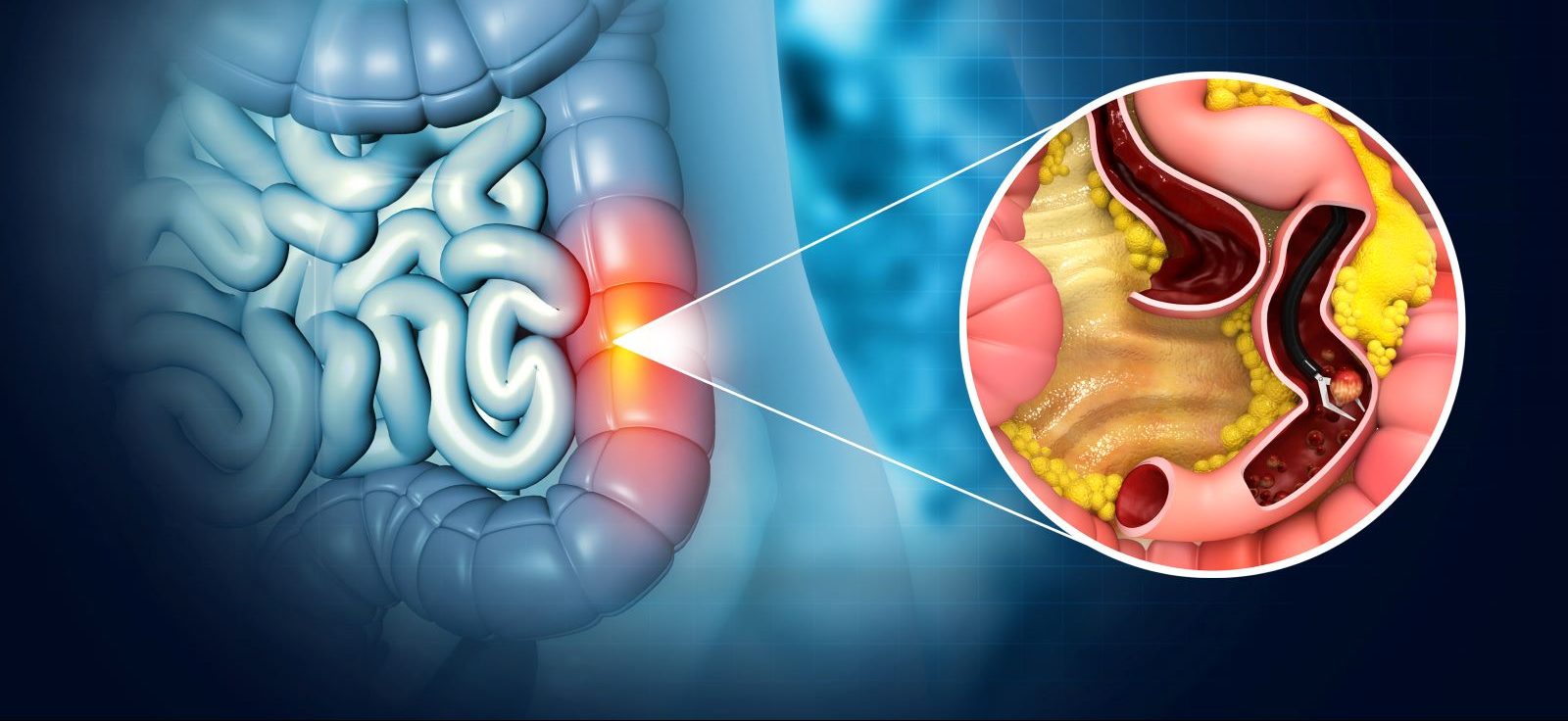<< Back
You Have Colon Polyps. Now What?

July 17, 2023
You have your first colonoscopy, and soon after a report appears in your MyChart. You had two adenomatous polyps in your colon that were removed and sent to a pathologist for testing.
But what does that mean? Should you be worried?
By themselves, colon polyps are nothing to worry about.
“Adenomatous polyps are common. We expect to find them in more than 25% of colonoscopies we do on initial screening,” says Michael Hernon, MD, a colorectal surgeon at Hartford Hospital who is part of Hartford HealthCare’s Digestive Health Institute. “Adenomatous polyps are why we screen. They can transform into cancer.”
These polyps are often found and removed during routine colon cancer screenings, such as a colonoscopy. Current guidelines suggest that average adults have colonoscopies every ten years from ages 45-75. Risk factors such as a family history of colon cancer may require screenings to start even earlier.
> Related: These Foods May Increase Your Risk of Colorectal Cancer
There are different types of colon polyps.
Colon polyps come in all different shapes and sizes. Flat (sessile) polyps are more difficult to remove. Pedunculated polyps are attached to the colon wall and have a stalk, but hang off and are easier to remove.
Hyperplastic polyps never turn into cancer, while malignant polyps already contain cancer cells. And within the category of adenomatous polyps, there are tubular adenomas, which are precancerous.
> Want more health news? Text StartHere to 85209 to sign up for text alerts
On the hunt for abnormalities.
Dr. Hernon says that during a colonoscopy, the doctor looks for any abnormality in the colon. Anything they find is removed and sent for pathology.
If a colonoscopy reveals polyps, screening frequency should increase to every five years. If there are many polyps – or unusually large polyps – the frequency could increase even more.
But it depends on size and tissue pathology, Dr. Hernon notes. “The bigger the polyp, the higher the cancer risk.”
The removal of the polyps also plays a role, he adds. “Some polyps can be quite difficult to remove. These might require surgery.”
Today, non-surgical options are available also. One option is an endoscopic mucosal resection, or EMR. This allows for the removal of abnormal growths or tissue using an endoscope, without requiring colon surgery.